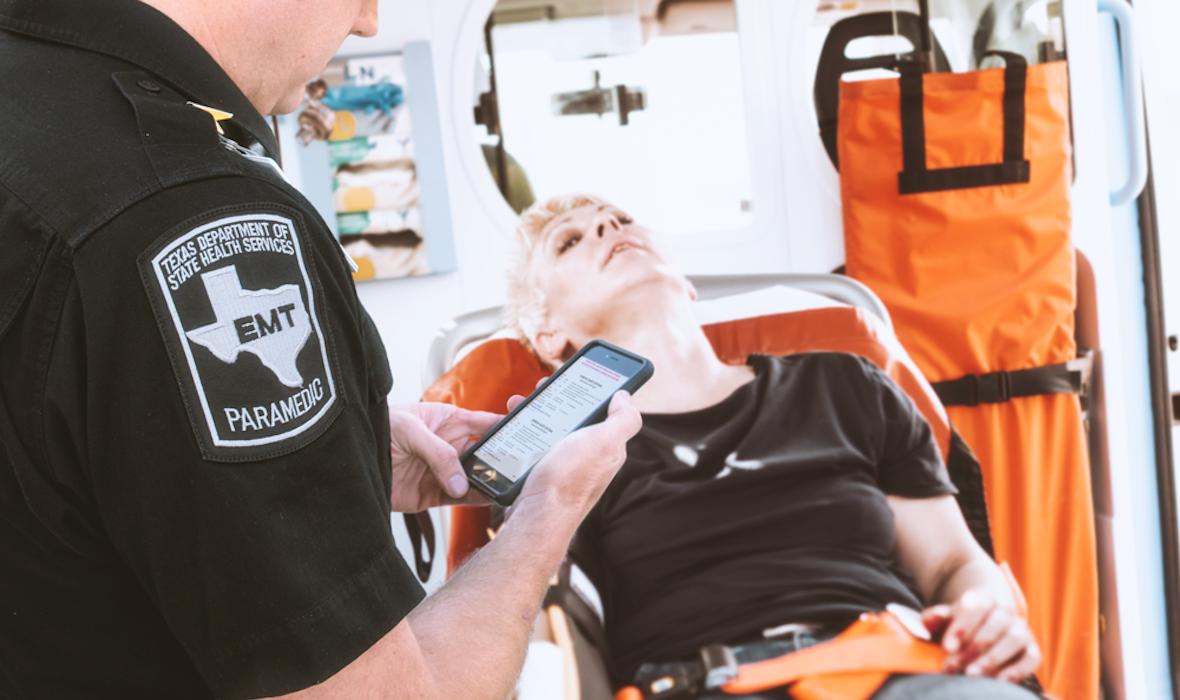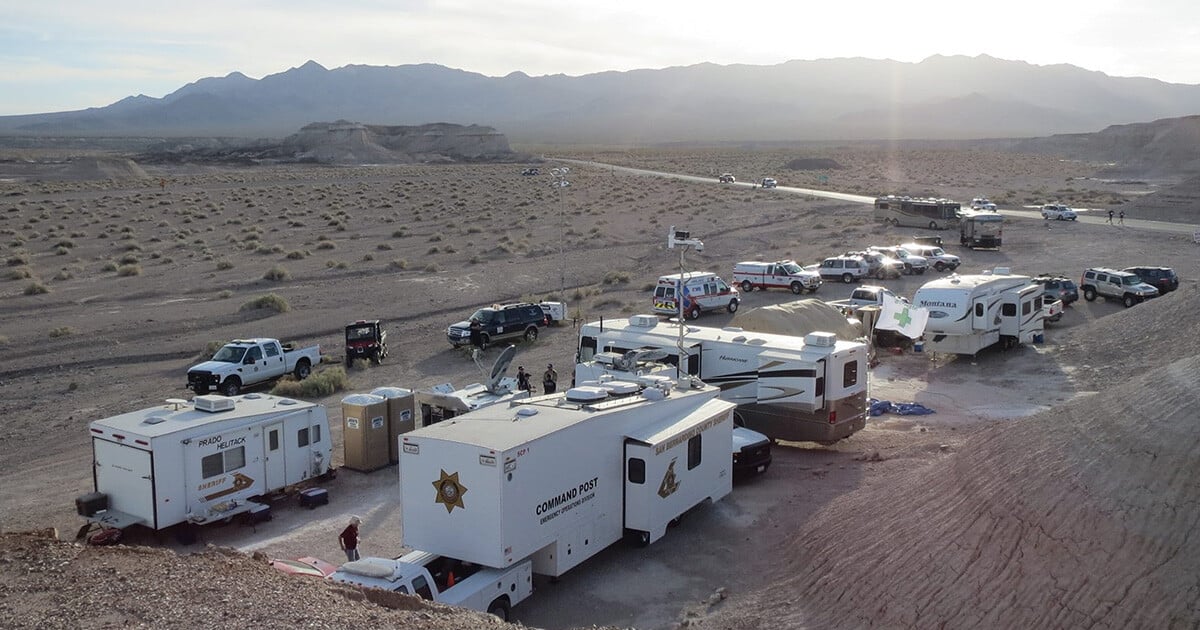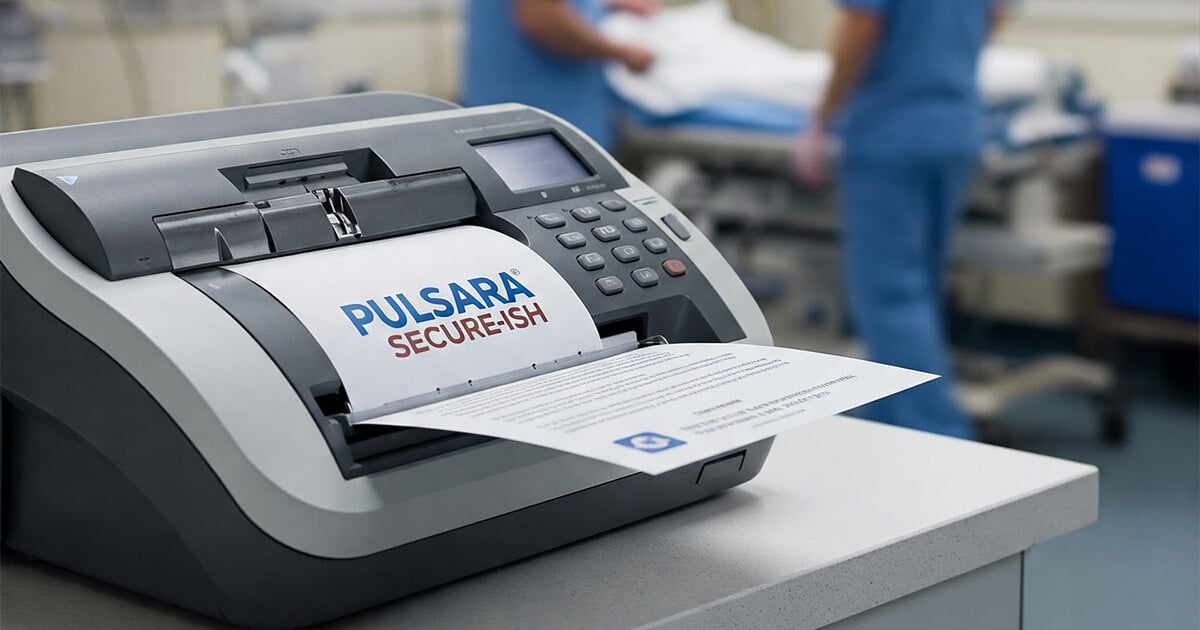Baker to Vegas: Leveraging Pulsara to Manage a Planned Event
Although they have the advantage of prior awareness and preparation, large-scale planned events pose unique challenges for emergency management...
2 min read
 Team Pulsara
:
Sep 11, 2018
Team Pulsara
:
Sep 11, 2018

EDITOR'S NOTE: The following content originally appeared on EMS1.com. Special thanks to our guest author, Tim Nowak for EMS1 BrandFocus. Tim is the founder and CEO of Emergency Medical Solutions LLC, an independent EMS training and consulting company that he developed in 2010. He's been involved in EMS and emergency services since 2002 and has worked as an EMT, paramedic and critical care paramedic in a variety of urban, suburban, rural and hospital settings. He’s also been involved as an EMS educator, consultant, item writer, clinical preceptor, board member, reference product developer, firefighter and hazmat technician throughout his career.
“Medic 1 calling General Hospital with a patient care report."
“Go ahead, Medic 1.”
“Medic 1 is transporting one patient, non-emergent. 67-year-old female coming from a nursing home that meets our sepsis alert criteria. The patient has recent pneumonia with congested lung sounds. Respirations are at 24, heart rate of 120, blood pressure of 88/42 with an end-tidal CO2 of 23 and a temperature of 100.7 degrees. We’ve started an IV and are administering a fluid bolus. ETA is 10-15 minutes.”
This call-in report sounds all too familiar. What makes it stand out from other reports is the fact that your patient meets specified alert criteria to initiate actions at the emergency department either prior to your arrival or immediately upon your arrival. Your patient meets checklist criteria for sepsis.
Sepsis can be a complicated disease process – infection, systemic inflammatory response criteria, hypoperfusion – it’s a lot to take in.
Rather than relying on memorization and potentially botching your field report and differential diagnosis, why not use a formalized checklist for established criteria? Whether it’s sepsis, stroke, cardiac/STEMI or even a trauma patient, using checklists allows providers to not only appropriately categorize patients, it also enables you to assess and treat them more quickly and efficiently, ensuring you never miss a step.
IV performed – check.
20-30 mL/kg normal saline – check.
Oxygen considered – check.
The Checklist Manifesto by Atul Gawande speaks compellingly to this topic. High-acuity events, especially those that are also low frequency, warrant attention to details that we often can’t afford to deviate from or miss. Long shifts, provider fatigue or complicated tasks can all lead to errors. Using phone apps, laminated cards or even ePCR reminders can all help us to perform at our peak capacity.
Aside from “Monday morning rig checks,” checklists can help EMS providers take a thoughtful pause before we consider rapid (or delayed) sequence intubation. Checklists can help us to cover all of the bases before we terminate resuscitation.
Your checklist can even be transmitted to receiving hospitals to provide the emergency department doctors and nurses with more in-depth information regarding the incoming patient, on top of your field phone or radio report – or even as a substitute for it.
Smartphone apps, such as Pulsara, can communicate directly with receiving hospitals to share information in real time. With the tap of a button, your patient criteria checklist can be transmitted to the charge nurse station in the ED. From there, the patient’s acuity can be triaged, the patient can be registered, and the attending physician can gain a better picture of your patient’s condition – all before you’ve even arrived.
Add a picture of the 12-lead EKG, the motor vehicle accident scene or the patient’s injured leg, and now you’re putting the ED staff into your own shoes – right next to you on scene.
Using checklists for patient assessment and treatment and apps like Pulsara to relay information to the ED can help bridge the frustrating communication gaps that too often occur between EMS providers and hospital staff. Checklists help to keep us on track in the field, and that information is often the missing piece of the puzzle. Quality assurance, protocol compliance, real-time hospital notification – these are just a few ways we can use checklists during our daily operations to improve patient care.
Pilots use checklists to promote crew resource management. Incident commanders use checklists to monitor fire suppression benchmarks and accountability. Pharmacists use checklists to assure proper medication mixing and dosing. EMS can use checklists to reduce errors, improve communication and promote quality patient care.

Although they have the advantage of prior awareness and preparation, large-scale planned events pose unique challenges for emergency management...

For Those Who Love a Good "Oopsie!" At Pulsara, we pride ourselves on enabling secure, HIPAA-compliant communication for healthcare teams. But let’s...

March Recap A New Integration: Improving Data Management, Streamlining Workflows, and Improving Care CoordinationOnly a few days ago, we announced...